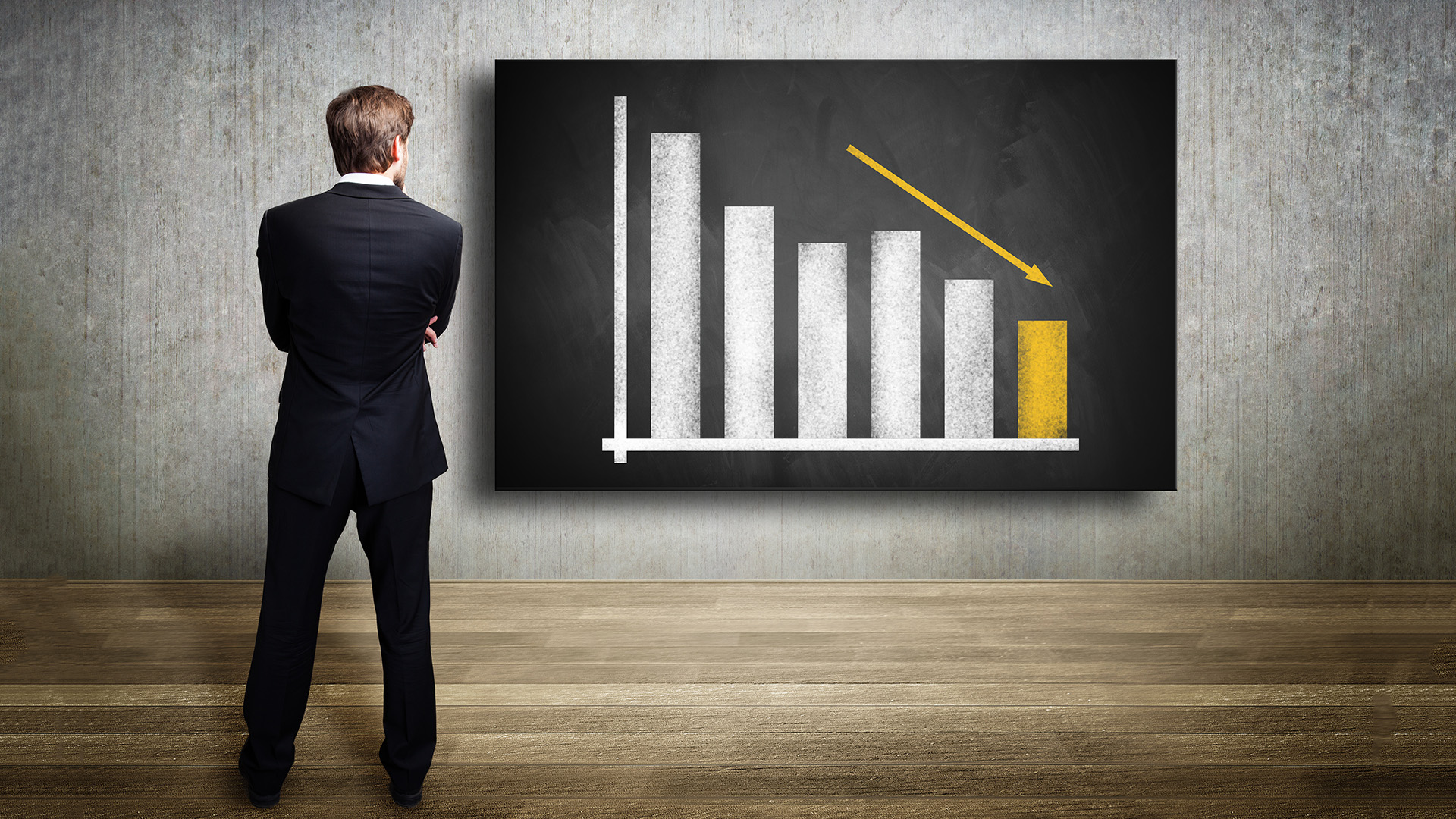The Australian investment boom remains on track.
So forget the small fall in capex in the March quarter reported by the Australian Bureau of Statistics and instead focus on the future where the investment boom remains firmly in place as 2011 approaches.
The ABS said that new private capital spending dropped slightly, down 0.2% in the March quarter from December when it rose a restated 6.1% (original estimate was 5.5%).
That was a surprise to market forecasters which had pencilled in a 2.5% rise.
The estimates for 2011 investment remain solid and on track for a new high and to meet the forecast from Reserve Bank Governor Deputy, Ric Battelino, earlier this year that investment could hit 6% of GDP in the next couple of years, the highest share on record.
The seasonally adjusted estimate for buildings rose 6.7% in the March quarter (it was down in the December quarter), while the seasonally adjusted estimate for equipment, plant and machinery fell 6.0% after rising sharply in the December quarter.

Actual capital expenditure totalled $27.70 billion, seasonally adjusted.
That left the sixth estimate for the current financial year for new capital spending at $108.651 billion, down 2.5% for the same estimate of the 2009 financial year and 1.5% down on estimate 5 (at the end of the December quarter).
The ABS said the main contributors to this decrease, by industry were Transport, Postal and Warehousing (-12.8% compared to the corresponding previous estimate) and Mining (-4.2%).
"But Construction is $2,042 million and 57.8% higher than the same estimate for 2008-09," the ABS said.
"Estimate 6 is 1.3% lower than Estimate 5 for 2009-10. Mining (-10.5%) was the main contributor to this decrease between estimates," the ABS explained.
Even so capex is likely to reach near record levels in the 2010 financial year and if there is no significant change, will be the second highest level of investment spending recorded by the ABS.
Looking into the 2011 financial year the ABS said the second estimate (in this report) was for a 16.9% rise capex (to $10.3.93 billion), compared with the second estimate for the 2010 financial year.
Estimate 2 is also 3.7% higher than estimate one for 2011.
The ABS said sharp rises in mining and manufacturing investment plans were the main drivers for these increases.
A 33.2% rise in planned spending by mining helped push estimate two up by 16.9% from estimate 2 of the 2009 financial year.
The 3.7% rise in estimate 2 for 2011 from estimate 1 was due to "a rise in Manufacturing (18.3%) and Other selected industries (11.0%) (which) was partially off-set by a decrease in Mining of 5.5%, the ABS explained".
Capex spending estimates are gathered in a series of seven quarterly surveys, the first in January and February, before the start of the financial year in July, and the seventh immediately after the financial year ends.
According to the most recent figures from the Australian Bureau of Agricultural and Resource Economics (ABARE) the value of advanced mining and energy projects jumped in the six months to April to be the second-highest level on record.
ABARE said the value of projects was $109 billion as at April 30.
Energy projects accounted for about 73% of the estimated capital cost of projects listed by the report. (See next story.)
The small fall in capex spending came after the March quarter figures for construction work done came in a bit lower than expected.
They were up 1.9%, but some analysts were looking for a 4% increase.
The rise came after the December quarter figures were revised to a fall of 0.2%, from the previously reported 2.6% rise.
Residential construction grew 0.9%, seasonally adjusted to $10.6 billion, while engineering posted a surprise drop of 0.4% to $19.7 billion, ABS said.
The March quarter construction work figure was boosted by government school building program contained in last year’s stimulus program.
Public sector engineering work done increased by 5.4% compared with a 2.9% fall in private sector work.
Public building work jumped by 29% (the school spending), while there was a 0.6% fall in private sector building work.













